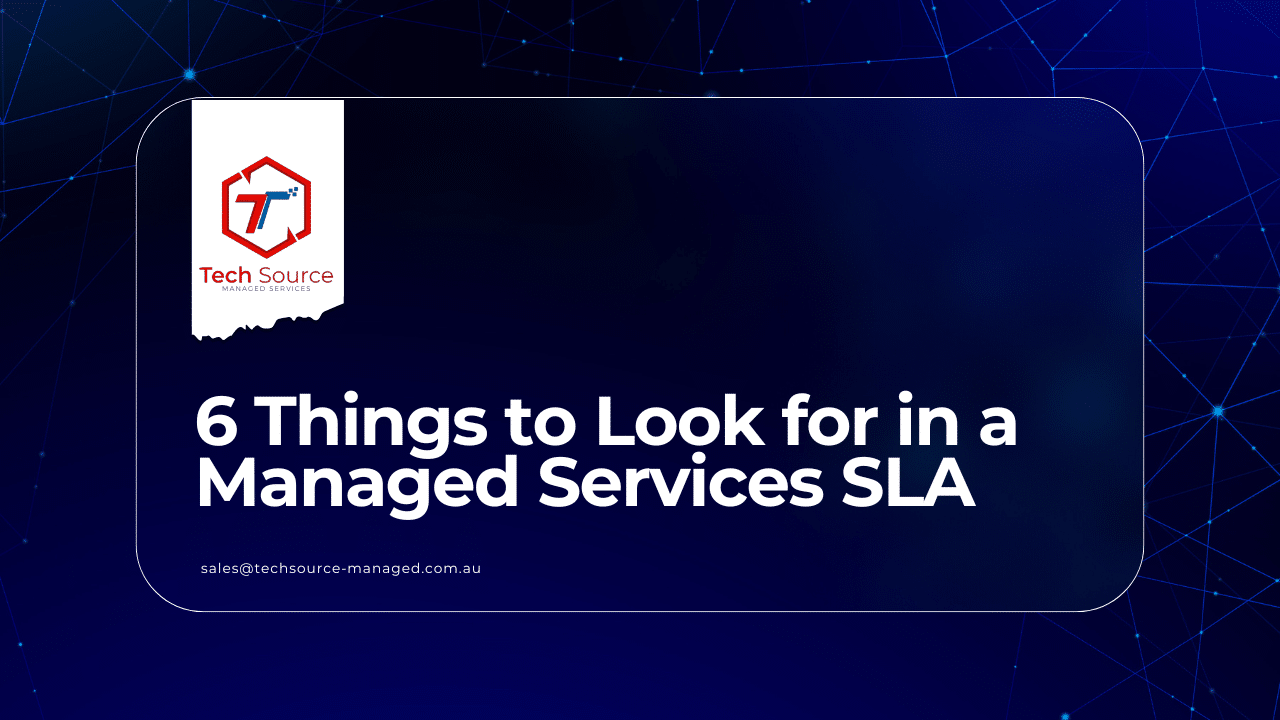7 Things to Look for in a Managed Services SLA
7 Things to Look for in a Managed Services SLA
Hiring an external vendor to handle IT operations is common practice. A crucial part of this process is the Service Level Agreement (SLA).
In this guide, we’ll explore seven key aspects to scrutinize in your SLA and how to ensure your provider delivers the best value for your business.
What is an SLA?
An SLA, or Service Level Agreement, is a mandatory industry-standard document that formalizes your relationship with a managed service provider for your e-commerce solution. While selecting the right company is a significant step, carefully examining your SLA is essential to ensure your needs are met. SLAs vary between providers, with some offering detailed information and others providing only a high-level overview.
An SLA should be simple yet precise. For instance, long customer wait times can lead to abandoned shopping carts and lost revenue. Therefore, an SLA must clearly outline expectations to benefit your bottom line.
What to Look for in Your SLA
Your managed services provider will draft the SLA. Most providers use a standard SLA template, which they modify to fit your business needs. However, your SLA should follow a universal format. Here are the six things your SLA should contain:
1. Services Offered by the Managed Services Provider
Your SLA should define the scope of work your provider will perform routinely and what is excluded. This typically depends on the service level you choose. For example, a small business might opt for the lowest service level, while larger corporations require more extensive services.
Key elements include conditions for service availability, responsibilities of each party, escalation protocols, and service standards such as response timeframes.
2. Management Elements in Your SLA
Management elements should include definitions of measurement standards and procedures, reporting methods, content, and frequency, a conflict resolution process, and a clause for updating the agreement as needed. Additionally, consider whether the SLA is transferable in the event that the provider merges or is acquired.
3. Standard Metrics Monitored in SLAs
This section outlines the metrics to be measured, including key performance indicators (KPIs) tailored for e-commerce businesses. It encompasses service availability, defining the acceptable uptime percentage which is critical for large e-commerce operations often requiring 99.999% uptime.
Technical quality metrics are assessed using analysis tools to identify and address coding defects efficiently. Business value metrics integrate existing KPIs with provider figures, ensuring alignment with strategic objectives and operational outcomes.
Security monitoring metrics focus on proactive measures such as timely patching and updates to prevent data breaches, safeguarding customer information, and maintaining trust.
4. Choosing Metrics to Measure Your Service
When selecting metrics to measure service performance, it’s crucial to ensure they effectively gauge performance without adding unnecessary costs. Opt for metrics that encourage desired behaviors from both parties and accurately reflect factors within the vendor’s control. Avoid metrics that penalize the vendor for actions outside their scope. Choose metrics that can be automatically collected with minimal administrative overhead, streamlining the measurement process and ensuring efficiency in monitoring service levels.
5. Issue Handling by the Managed Services Provider
The SLA must comprehensively detail how your provider will troubleshoot and manage issues that arise. Key components include defining the maximum response time within which the provider commits to addressing reported issues promptly.
It should also clearly outline the scope of the provider’s responsibilities regarding IT management within your organization, ensuring clarity on roles and expectations. Emergencies should be clearly defined to establish when immediate action is required, delineating situations that warrant escalated response measures.
Additionally, the SLA should specify the reporting protocol for emergencies, including the necessary data requirements and any adjustments needed based on timing or holiday schedules to ensure consistent and effective handling of critical incidents.
6. Consequences of Failing to Meet Metrics
This part of the SLA outlines repercussions for poor performance, such as credits and fines. For example, if a telecom company fails to meet a network availability promise of 99%, payment to the vendor may be reduced by an agreed percentage based on the breach’s significance.
7. Revising Your SLA
Your business will inevitably evolve, and your SLA should be flexible to accommodate these changes. It should clearly define terms for modifications throughout the contract duration. It’s crucial to review and potentially update your SLA in several scenarios: when there are changes in business needs or significant developments; shifts in workloads occur; new metrics are required or enhanced tools and processes are implemented; and when there are changes in technical capabilities.
Regularly reviewing the SLA ensures it remains aligned with your evolving business requirements and enables you to optimize service delivery and performance over time.
